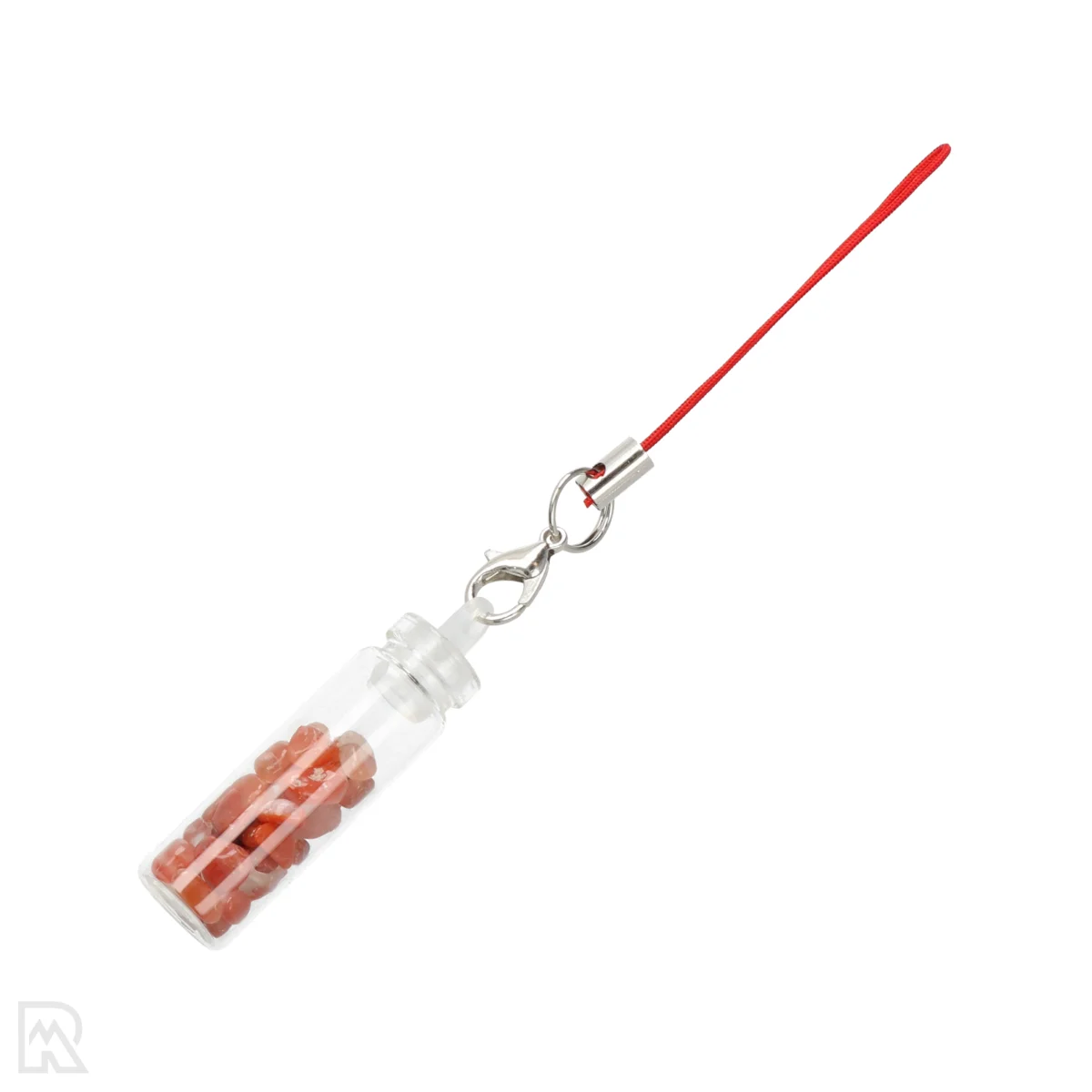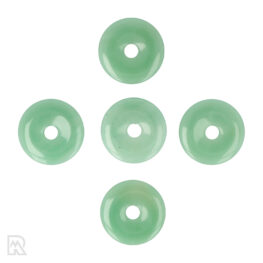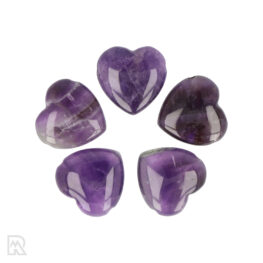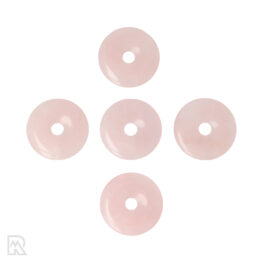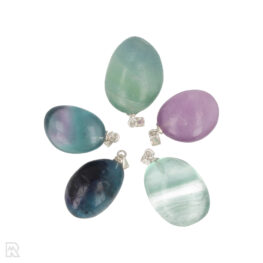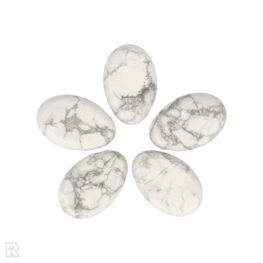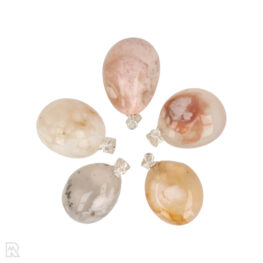| Gewicht | 0,05 kg (50 gr) |
|---|---|
| Dimensions | 1,1 × 1,1 × 3,5 cm |
| Sales Unit | |
| Type | |
| Form | |
| Origin | |
| SKU | 4996 |
Carnelian Banded Lucky Bottle
Carnelian Banded Lucky Bottle from China
Carnelian
Carnelian is a red to orange variety of chalcedony and derives its colour from iron oxides. The mineral has been used for jewellery, signet stones and amulets since ancient times. The colour can range from light orange to deep red, depending on the concentration of iron and the method of heating during or after formation.
Major deposits include India, Brazil, Uruguay and Madagascar. Carnelian forms in volcanic rocks and sedimentary deposits. Its chemical formula is SiO₂ and it has a hardness of 6.5 to 7 on the Mohs scale.
Popular varieties include banded carnelian and heated forms that are extra intense in colour, but in terms of structure they remain of the same mineral type.
Sources:
Mindat.org, Gemdat.org, Wikipedia - Carnelian
Selenite
Selenite is a clear to translucent variety of the mineral gypsum (CaSO₄-2H₂O). It is known for its glassy to pearly luster and often fibrous structure. A common form is selenite, which has a silky luster and occurs in long, fibrous crystals. Despite its name, selenite has nothing to do with the element selenium; the name is derived from the Greek word for moon, because of its soft luster.
Selenite forms in sedimentary environments during the evaporation of seawater and is found in countries such as Mexico, Morocco, the US and Australia. It is a soft mineral with a hardness of 2 on the Mohs scale, making it easy to work by hand. Almost all selenite sold on the Dutch market is satin spar; however, selenite is a market-accepted sales name.
Sources:
Mindat.org, Gemdat.org, Wikipedia - Selenite
